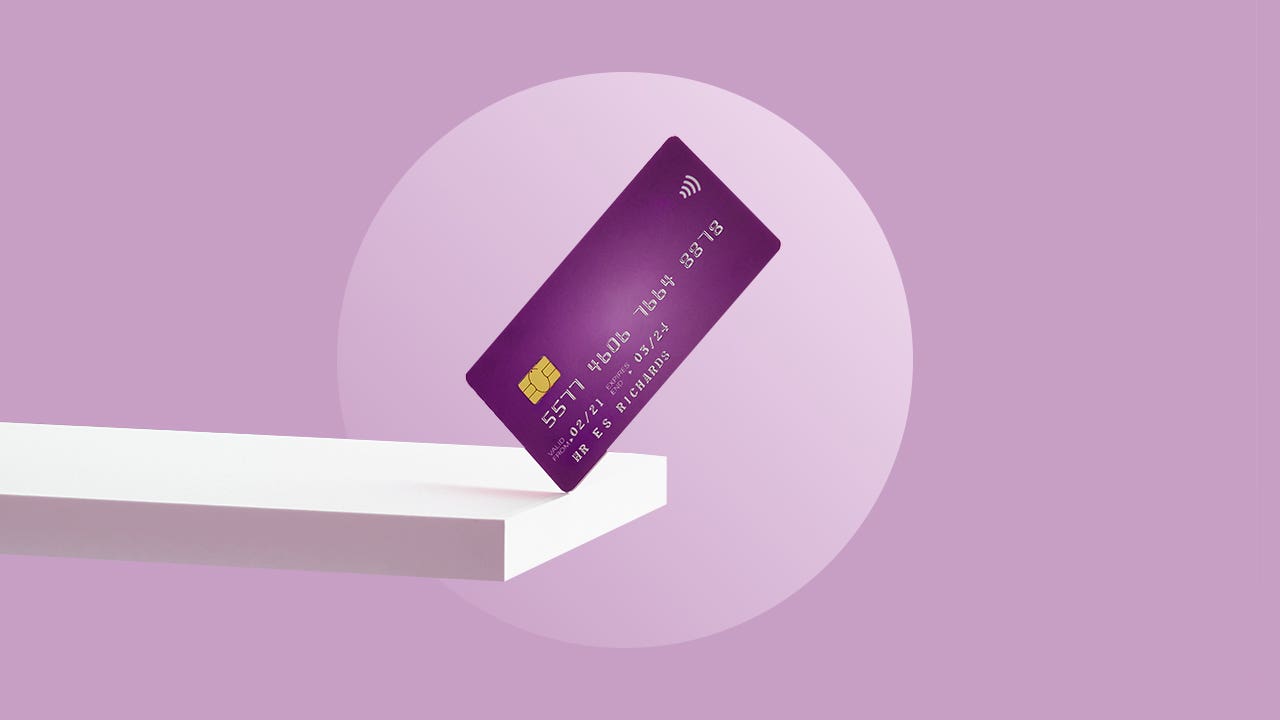Breaking the Credit Card Debt Cycle: New Research Shows Patterns Can Last Decades
Credit card users typically fall into two distinct groups: those who carry balances and those who pay in full monthly. Recent research from West Virginia University reveals these habits tend to persist throughout life, with users maintaining consistent credit utilization patterns for decades.

Purple credit card on white background
The Impact of Credit Card Debt Patterns
- About 80% of U.S. adults have credit cards
- Half carry revolving balances for years
- The median cardholder uses about 50% of their credit limit starting in their early 20s
- This pattern typically continues until their late 40s
- When credit limits change, spending habits adjust to maintain similar utilization rates
Financial Consequences
- Average balance for revolvers: $6,730
- At 20% APR with $125 monthly payments:
- 7 years to pay off
- $5,089 in interest charges
- Credit scores suffer when utilization exceeds 30%
- Highest credit scores typically show single-digit utilization
Breaking the Debt Cycle
- Change Your Mindset
- View credit limits as loans, not available money
- Apply cash-spending logic to credit purchases
- Only charge what you can pay off immediately
- Analyze Your Budget
- Calculate interest savings from paying off debt
- Review monthly payment allocation
- Identify areas for potential cost reduction
- Choose a Payoff Strategy
- Avalanche method: Target highest-interest debt first
- Snowball method: Pay smallest balances first
- Restructure budget to prioritize debt payment
- Get Professional Help
- Consult certified credit counselors
- Consider debt management programs
- Seek guidance for overwhelming situations

Credit card lying on white surface
While breaking long-term credit card habits is challenging, understanding your patterns and implementing strategic changes can help eliminate persistent debt. Focus on developing sustainable spending habits and maintaining consistent progress toward becoming debt-free.